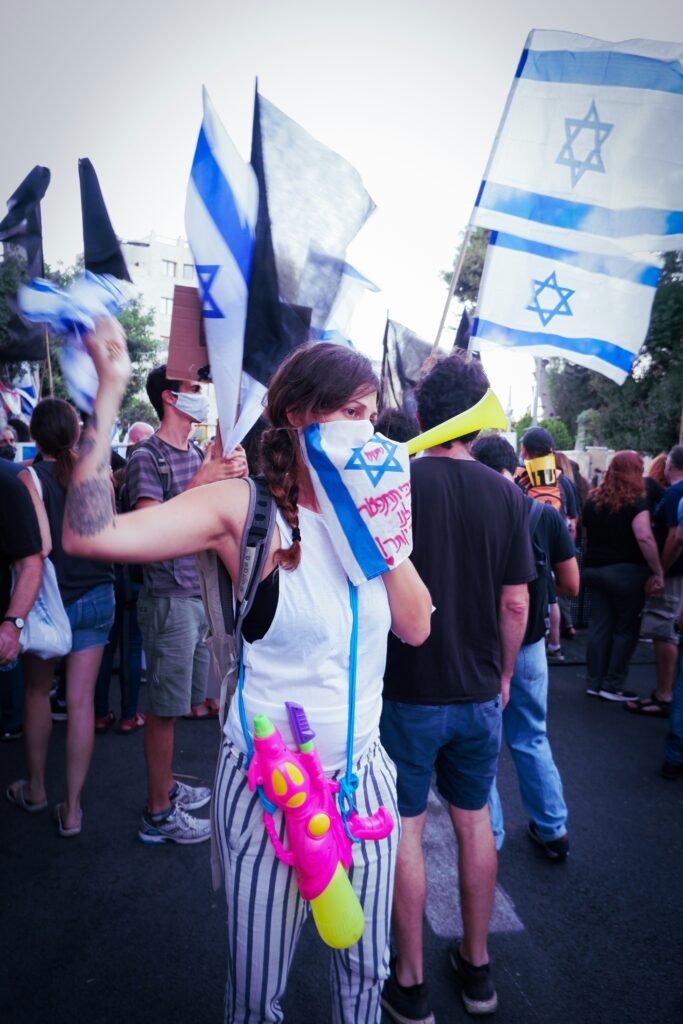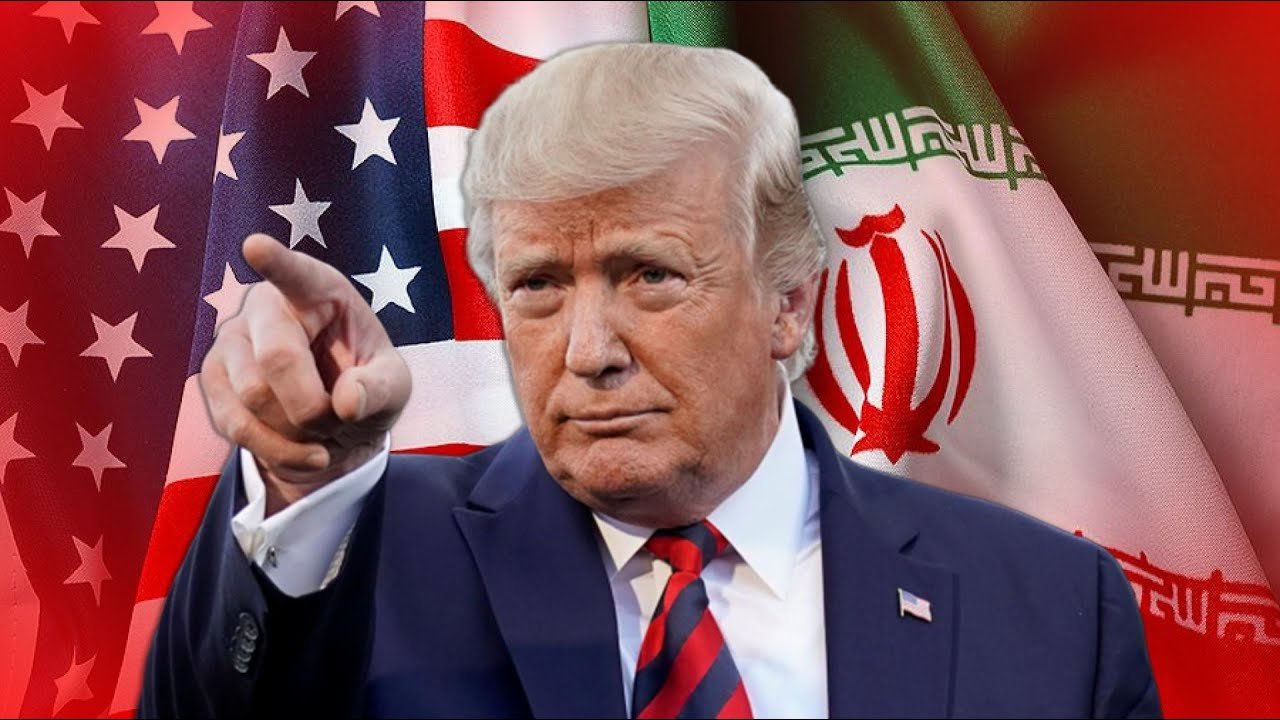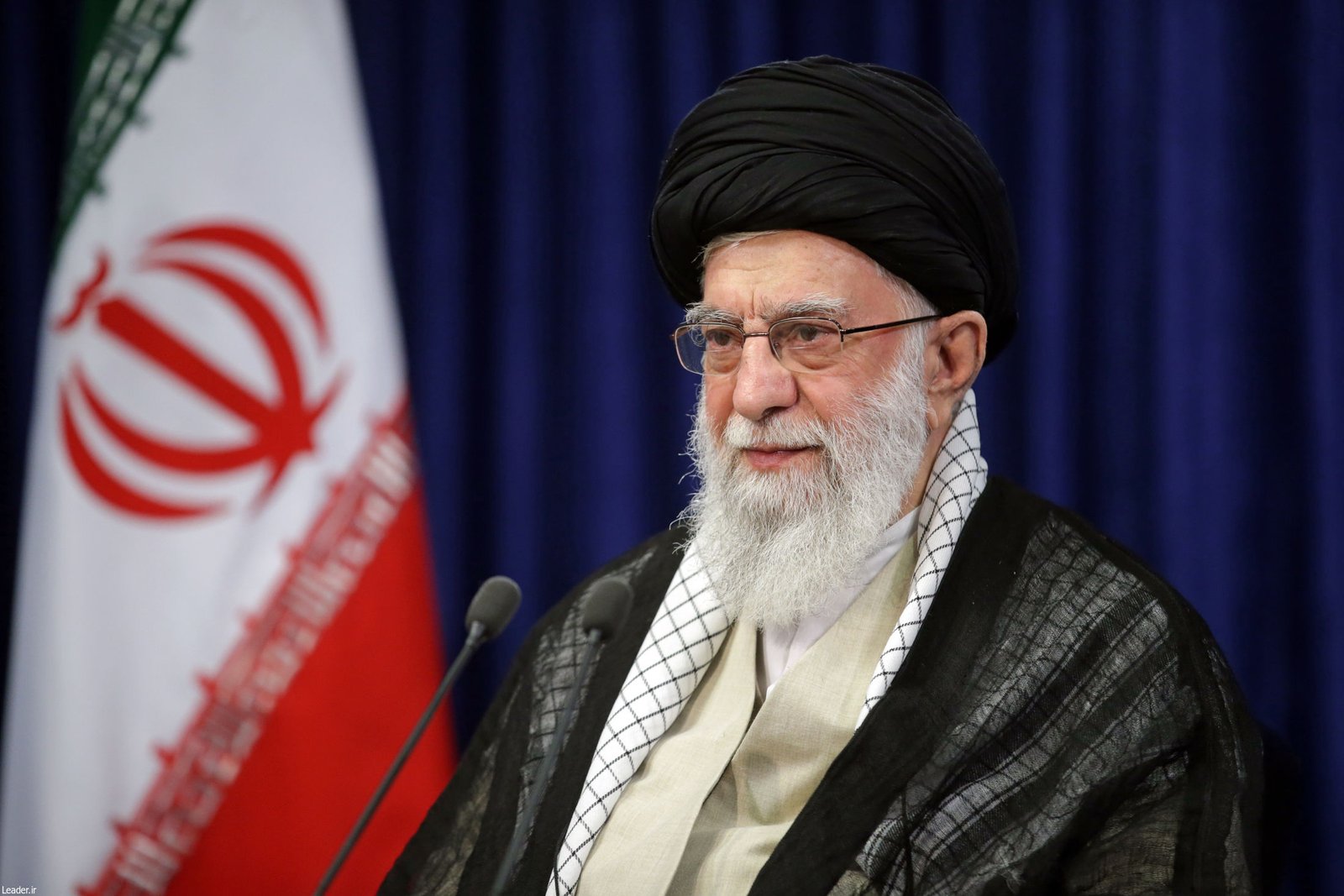

Historical Context of the Iran-Israel Relations
The intricate relationship between Iran and Israel has evolved significantly over the decades, shaped by a series of pivotal events that established the current conflict. Prior to the Iranian Revolution in 1979, Iran and Israel maintained a strategic partnership characterized by mutual interests in regional security and economic collaboration. This alliance was driven by a shared apprehension towards Arab nationalism and communism, which fostered a sense of camaraderie. During this time, Israel and Iran engaged in military and technological cooperation, and these engagements underscored an era of seemingly harmonious relations.
However, the Iranian Revolution marked a dramatic shift in the dynamics of their relationship. The overthrow of the Pahlavi dynasty ushered in the establishment of an Islamic Republic under Ayatollah Khomeini, where anti-Zionism became a cornerstone of the new regime’s ideology. The revolution not only severed diplomatic ties but also transformed the notion of Israel from a regional ally to an existential adversary, driven by religious and ideological motives. The rhetoric escalated, culminating in declarations that called for Israel’s destruction, which fueled regional tensions and antagonism between the two nations.
The rise of extremist ideology in the region further complicated the situation, with both Iran and Israel becoming embroiled in proxy conflicts across the Middle East. The emergence of militant groups, supported by Iran, challenged Israel’s security, leading to confrontations that have persisted into contemporary geopolitics. In addition, the shifting allegiances in the Arab world, particularly in the context of the Arab-Israeli conflict, continue to frame Iran’s hostility towards Israel. As these dynamics have unfolded, it becomes evident that the historical context of Iran-Israel relations is marked not only by their earlier camaraderie but also by a subsequent trajectory of enmity fueled by ideological transformations and regional instability, laying the foundation for ongoing conflicts.
Escalation of Tensions: Recent Developments
The Iran-Israel conflict has witnessed a significant escalation in tensions over recent years, marked by a series of military confrontations, espionage operations, and an intensification of cyber warfare. This ongoing hostilities backdrop is heavily influenced by both nations’ strategic interests, with Iran seeking to extend its influence across the Middle East while Israel strives to counter these ambitions. The role of proxy groups such as Hezbollah and Hamas further complicates this dynamic, as they actively engage in confrontations against Israel on behalf of Iranian interests, thereby exacerbating the conflict.
In terms of military confrontations, Israel has conducted numerous airstrikes against Iranian positions in Syria, which it views as a critical front in its efforts to deter Iranian military entrenchment. Moreover, the frequent exchanges of fire along the Gaza border illustrate how Israel’s conflicts with Hezbollah and Hamas are often intertwined with the greater Iranian narrative, as these groups regularly receive support and resources from Tehran. This proxy warfare not only elevates tensions but also raises concerns regarding regional stability as conflicts often have the potential to spill over borders and engage neighboring nations.
Espionage activities have also become a hallmark of the conflict, with both countries actively dedicating resources to intelligence gathering and covert operations. Cyber warfare stands out as a significant arena where both Iran and Israel have engaged in tit-for-tat attacks, leading to disruptions in critical infrastructure, espionage, and broader implications for cybersecurity in the region. The U.S. and other international players are closely monitoring these developments, as their involvement further complicates the situation. Washington’s support for Israel and its adversarial stance toward Iran are crucial elements that shape the dynamics of this multifaceted conflict. Conversely, Russian engagement in the region often contrasts with the U.S. position, creating a complex web of alliances and tensions that affect the overall stability of the Middle East.
The Human Toll and Societal Impacts
The Iran-Israel conflict has been a source of profound human suffering, impacting countless lives in both nations and across the broader Middle East. For decades, civilians have borne the brunt of military engagements, which have led to loss of life, displacement, and emotional trauma. Individuals residing in conflict zones often find themselves in precarious situations, with families torn apart and communities disrupted. The continuous threat of violence contributes not only to immediate physical dangers but also to lasting psychological scars among those affected.
The psychological effects of prolonged conflict manifest in various ways, including anxiety, depression, and post-traumatic stress disorder. Such mental health issues can be exacerbated by the surrounding socio-economic difficulties, as instability often plunges families into poverty. Access to educational and health services becomes limited, further weakening societal structures. Children, in particular, are significantly affected; they grow up in environments where fear and uncertainty have become normalized, which can alter their worldviews and prospects for the future.
Moreover, the conflict has triggered a substantial refugee crisis, resulting in massive internal and external displacements. Those fleeing areas of active conflict often seek refuge in neighboring countries, where they frequently encounter additional challenges, including xenophobia and lack of resources. The involvement of regional and international actors complicates these dynamics further, as political maneuvers can lead to mixed responses to refugees, sometimes exacerbating tensions in host countries.
On a societal level, the enduring nature of the Iran-Israel conflict shapes cultural identities and influences political narratives within both nations. Public opinion tends to solidify around patriotic sentiments, fostering an environment of mistrust and animosity toward the opposing nation. Economically, the conflict diverts resources away from critical social services toward military spending, impeding development initiatives and alienating large segments of the population. Hence, the human toll of the conflict extends beyond immediate casualties, leaving profound marks on society’s fabric in both Iran and Israel, as well as in their neighboring regions.
Future Implications: Could There Be a Resolution?
The Iran-Israel conflict has persisted for decades, characterized by deep ideological rifts and geopolitical interests that complicate any potential resolution. However, the landscape of international diplomacy presents pathways that could lead to a de-escalation of tensions. It is essential to explore various scenarios surrounding the future of this enduring conflict, focusing on diplomatic initiatives, grassroots movements, and regional dynamics.
One potential scenario is the enhancement of dialogue through multi-national platforms. Recent efforts, such as the Abraham Accords, demonstrate that regional countries can engage with Israel to promote peace. If Iran were to participate in similar dialogues, it could pave the way for reduced hostility. Diplomatic channels, supported by major world powers, could also lead to negotiations centered on mutual security concessions, an understanding of territorial integrity, and respect for sovereignty. Direct talks could alleviate misunderstandings and diminish the sense of existential threat on both sides.
Furthermore, public opinion and civil society movements play a crucial role in shaping the diplomatic landscape. In both Iran and Israel, a significant portion of the populace expresses fatigue over prolonged conflict and advocates for peaceful resolutions. Grassroots initiatives that foster understanding and cooperation could serve as a powerful counterweight to hardline perspectives, opening avenues for sustained interaction and collaboration between the two nations.
Yet, a resolution remains contingent upon various factors, including regional rivalries, external influences, and domestic politics. The influence of external actors, such as the United States and European nations, is pivotal. Their commitment to a balanced approach may significantly impact the peace process. The ramifications of the Iran-Israel conflict extend beyond the two nations, with implications for global peace and security. Should hostilities escalate, the repercussions could be felt worldwide, emphasizing the necessity for proactive diplomatic efforts to ensure a stable and peaceful future.






